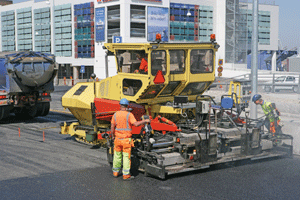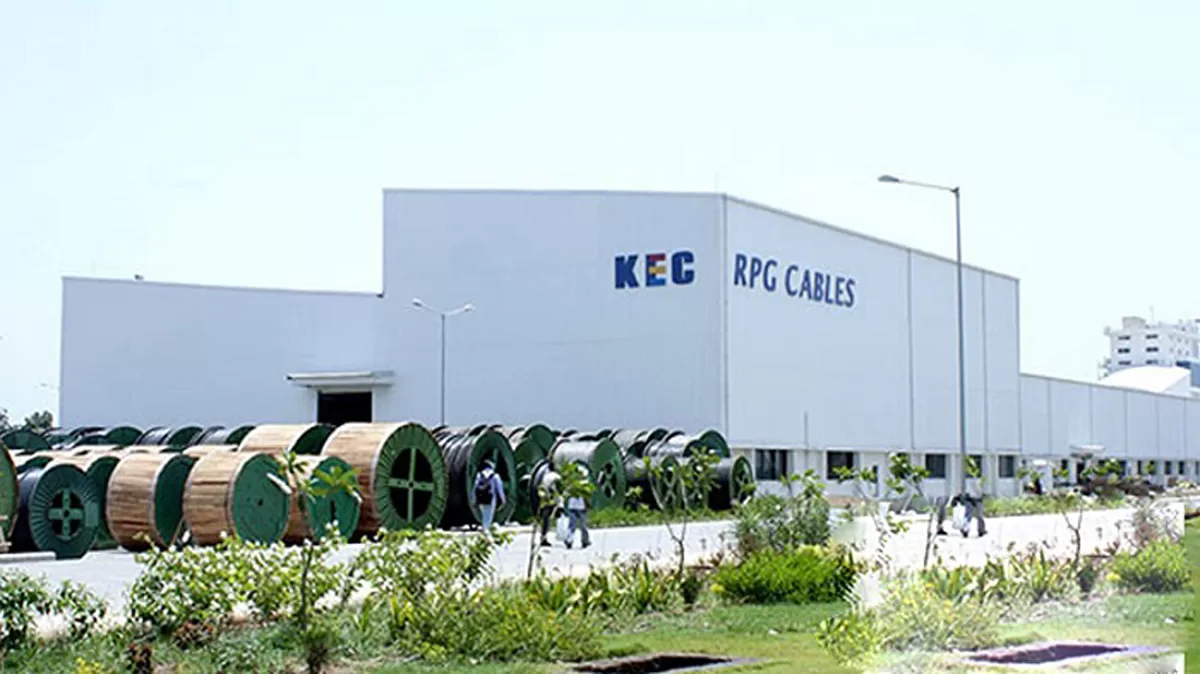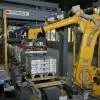The Indian construction equipment market has high growth potential considering their increased usage in projects across every sector, writes
SAMIR BANSAL.
The Indian construction equipment market has been volatile for the past five years. After an unprecedented fourfold growth between 2003 and 2007, the market declined in 2008 and 2009 on account of global economic crisis. Business sentiment recovered by the end of 2009 and construction activity started to pick up at that point. This led to the market achieving a new peak in 2011. However, limited access to long-term finance, high inflation, delays in policy decisions and statutory clearances for infrastructure projects adversely affected sales, leading to a market decline in 2012.
Growth chart
Demand for construction equipment exceeded 50,000 units in 2007, but declined by 9 per cent in 2008 in the wake of the global economic crisis and witnessed a further drop of 11 per cent in 2009. However, the market recovered strongly with a growth of 45 per cent in 2010 and 22 per cent in 2011, to peak at 72,164 units. Sales could not be sustained at this level in 2012, and declined by 8 per cent to settle at 66,170 units.
The Indian construction equipment market is dominated by backhoe loaders, crawler excavators and mobile cranes, which together accounted for 83 per cent of the total market in 2012 against 75 per cent in 2008. The combined share of mobile compressors, compaction equipment and wheeled loaders decreased from 18 per cent in 2008 to 13 per cent in 2012, while the share of remaining equipment declined from 7 per cent in 2008 to 4 per cent in 2012.
Challenges forward
The challenge for the construction equipment market comes from various aspects of the Indian economy including lower GDP growth and other constraints such as land acquisition, and procedural and approval delays, especially for environment and forest clearances, and issues related to long-term financing needs for infrastructure projects. The upcoming general election, which is scheduled for 2014, makes the situation even more complex.
The gross domestic product (GDP) grew at the rate of 8.6 per cent in the fiscal ended March 2010 and peaked at 9.3 per cent in 2011. GDP growth declined to 6.2 per cent in the financial year ended March 2012, while it is estimated to have been 5 per cent last year. The slowdown in the economy now seems to have bottomed out and a period of larger growth is predicted hereafter.
Fuelling growth
To tame inflation, the Reserve Bank of India (RBI) has had to follow a tight monetary policy, which resulted in an increase in the cost of borrowing. This, along with reduced investment activity, contributed to the slowdown in the industrial sector. The index of industrial production (IIP) registered a growth of 2.9 per cent in the fiscal ended March 2012, down significantly compared to 8.2 per cent in the previous year, and further declined to 1 per cent last year.
The fiscal deficit increased to 5.7 per cent of GDP in the fiscal ended March 2012 against a prior estimate of 4.6 per cent. The government is estimated to have contained it at 5.2 per cent of GDP last year and plans to reduce it to 3 per cent by the financial year ending March 2017. The rate of inflation declined to 4.89 per cent in April 2013, the first time within the comfort zone of the RBI since November 2009. Therefore, the RBI may further soften monetary policy, which is expected to fuel economic growth.
Where decisions lie...
The construction equipment business is very sensitive to the government's decision-making process. Major impediments to its growth are the slow speed of awarding contracts, the time taken to start projects and obstructions to completing them within the set timeframe originating from the current socio-political environment. The decision-making process gets further retarded as the administration is also mired by controversies and corruption in various economic sectors.
The government needs to take urgent steps to clear bottlenecks in project execution. It is working upon speedy clearances of stalled projects owing to environmental or forest clearances and the land acquisition bill is being reformed to suit the needs of infrastructure development. It is also trying to build long-term alternate financing solutions for infrastructure through the development of the bond market, especially to tap insurance and pension funds.
On target
Although the Indian economy has shown lower than expected growth in the last financial year, the situation is predicted to improve in future.
The construction equipment market will continue to be driven by the development of infrastructure and general economic growth of the country. The government's focus on infrastructure development is continuing and infrastructure investment of over $1 trillion has been targeted in the Twelfth Five-Year Plan.
The average investment in infrastructure stood at 7.21 per cent of GDP in the Eleventh Five-Year Plan, while the Twelfth Plan projects this at 8.18 per cent. The government's commitment to the huge infrastructure expenditure in the Twelfth Five-Year Plan and the correction of the massive infrastructure deficit in the country will outweigh all other unfavourable factors, even if they have a short-term impact on construction and mining activities.
Future calling
Off Highway Research is optimistic about the future growth of the construction equipment industry in view of the high potential that exists in the country. The simple truth is that there is a massive amount of work to be done in every sector, which would require large volumes of construction equipment to complete it. The quantum will, however, depend on the effectiveness of the government in addressing the key issues impeding project execution.
The market for construction equipment is forecasted to grow by around 7 per cent in 2013 and 9 per cent in 2014. After this period, the subdued market will certainly witness a better growth rate of 10-13 per cent during 2015-2017.
Accordingly, sales are expected to grow to 70,965 units in 2013 and reach 107,155 units by 2017.
The market in 2017 will continue to be dominated by backhoe loaders; however, its share in the total industry is expected to decline to 37 per cent, while the share of crawler excavator is projected to rise to 31 per cent. Mobile cranes will account for 12 per cent of the market and the combined share of these three types of equipment will continue to remain over 80 per cent.
(Samir Bansal is General Manager, Off-Highway Research India)


















